The flute known as Pullaanguzhal is made of bamboo and the South Indian version of it has eight holes. The North Indian flute known as Baansuri is very popular. Sarabha Sastri (1872–1904) brought the South Indian Flute (Venu) to the mainstream world of Carnatic Music. Prior to this, the flute was an exclusive fourth instrument. Sarabha Sastri promoted the flute to the status of a concert instrument from being a mere second fiddle.
The noted flautist was born to Viswanatha Sastri and Dharmaambal. The mother hailed from Thiruvadi and had lived next door to Saint Thyagaraaja. Unfortunately, Viswanatha Sastri had passed away when Sarabha and his brother Rao Sahib Sivakumara Sastri were young. Fate had not been kind, and Sarabha Sastri lost his eyes at a very early age. The maternal uncle, Kuppuswami Sastri, introduced the young Sarabha Sastri to the world of music and the young musician was to also learn under Manambu Chavadai Venkatasubbaiyan (Disciple of Saint Thyagaraja). It was left to Govinda Nayanakaar to unravel the mysteries of the flute for the young Sarabha Sastri. The promising talent lived along with his wife Ambuammal at the Sollaiyappa Mudali Street in Kumbakonam.
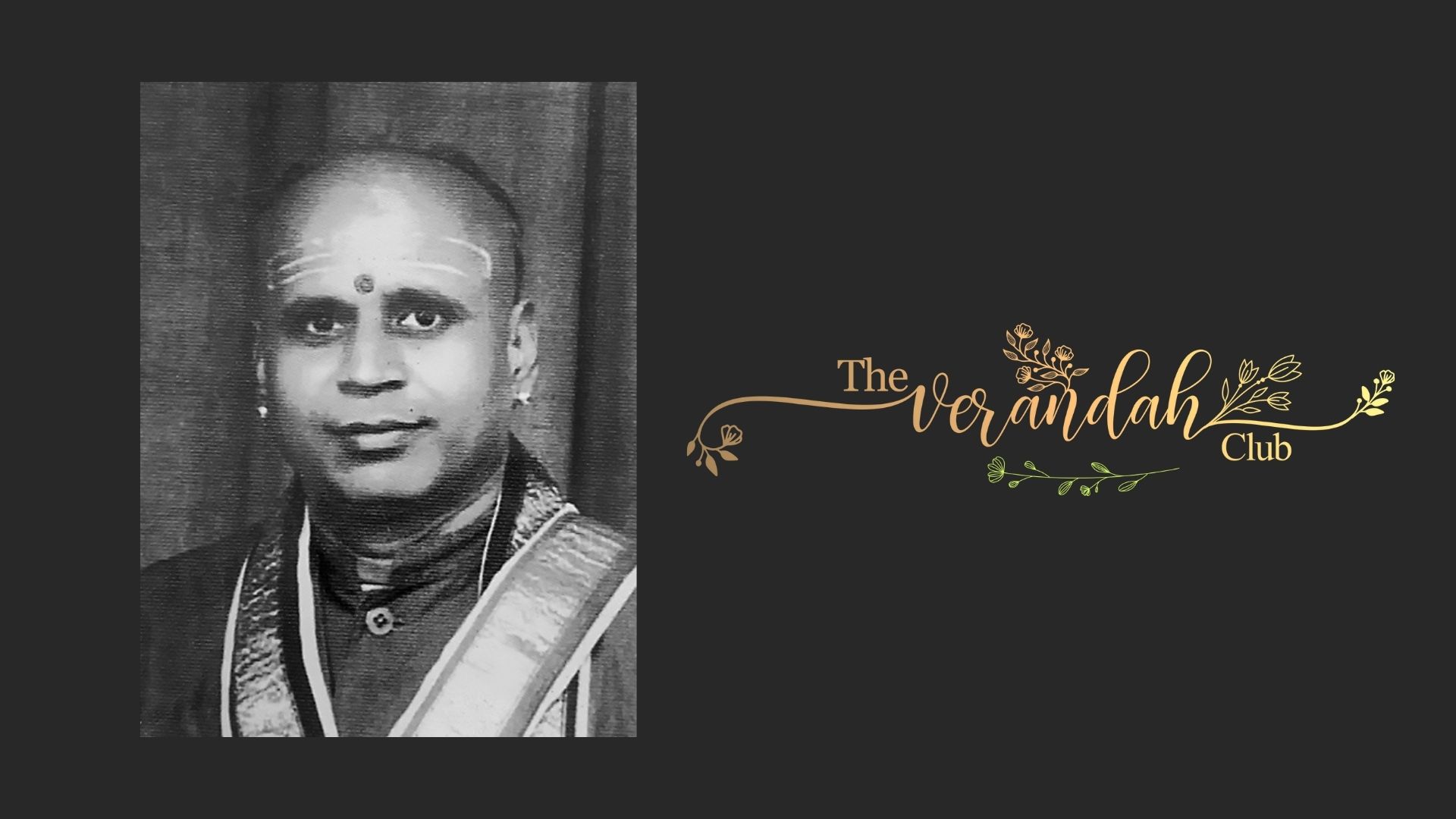
Sarabha Sastri was a deeply spiritual person, and he undertook penance in the Eraharam Sri Sankari Samedha Skandhanaadha Swami Temple. He organised Sarbha Kavadi, Macha Kavadi, etc., and made the temple popular. Carrying a Kavadi was a kind of atonement. The great flautist was also a Sanskrit Scholar, and he used to have discussions with the experts like Sulamangalam Vaidhyanatha Bhagavathar and Thirupalanam Panchapakesa Sastrigal.
The gifted Sarabha Sastri made the flute into an influential instrument in Carnatic Music Concerts. Fortunately, blindness could do nothing to blunt the skill of Sarabha Sastri. His experiments evolved a fingering technique through which he could produce the entire range of Bhaaratheeya Raagas on the flute. Sri Sarabha Sastrigal could teach a unique technique and was able to play the thaanam on the flute. Palladam Sanjeevi Rao was a disciple of this great musician and he passed over this unique skill to Ramachandra Sastri (He taught Carnatic Flute at Kalakshetra until 1992). The musicians, T. Shashidhar, G. S. Rajan, and Ludwig Pesch practiced this art form. It was left to the self-taught Mali to bring in a revolution through the Carnatic Flute.
The fingering technique invented by Sastri was extremely accurate. The oscillations required for the intricate ghamakas of Carnatic music were covered by this fingering system. Sarabha Sastri ensured that the flute came on par with the veena as a concert instrument. It is sad to note that recordings of his music do not survive. Sastri never practiced at home but could warm up within a few seconds and get into the stride. He believed in emotional purification through music. Sastri was against the commercialization of the music and therefore he refused to serve as the aasthana vidwaan of the kingdom of Mysore. Musicians like Thirukodikaaval Krishna Iyer, Fiddle Govindaswami Pillai, Pattanam Subramania Iyer, Thanjavur Krishna Bhagavathar, Mridhangam Narayanaswami Appa, Kumbakonam Sivakozhundhu, Kumbakonam Azhaganambi Pillai, used to accompany him to his concerts.
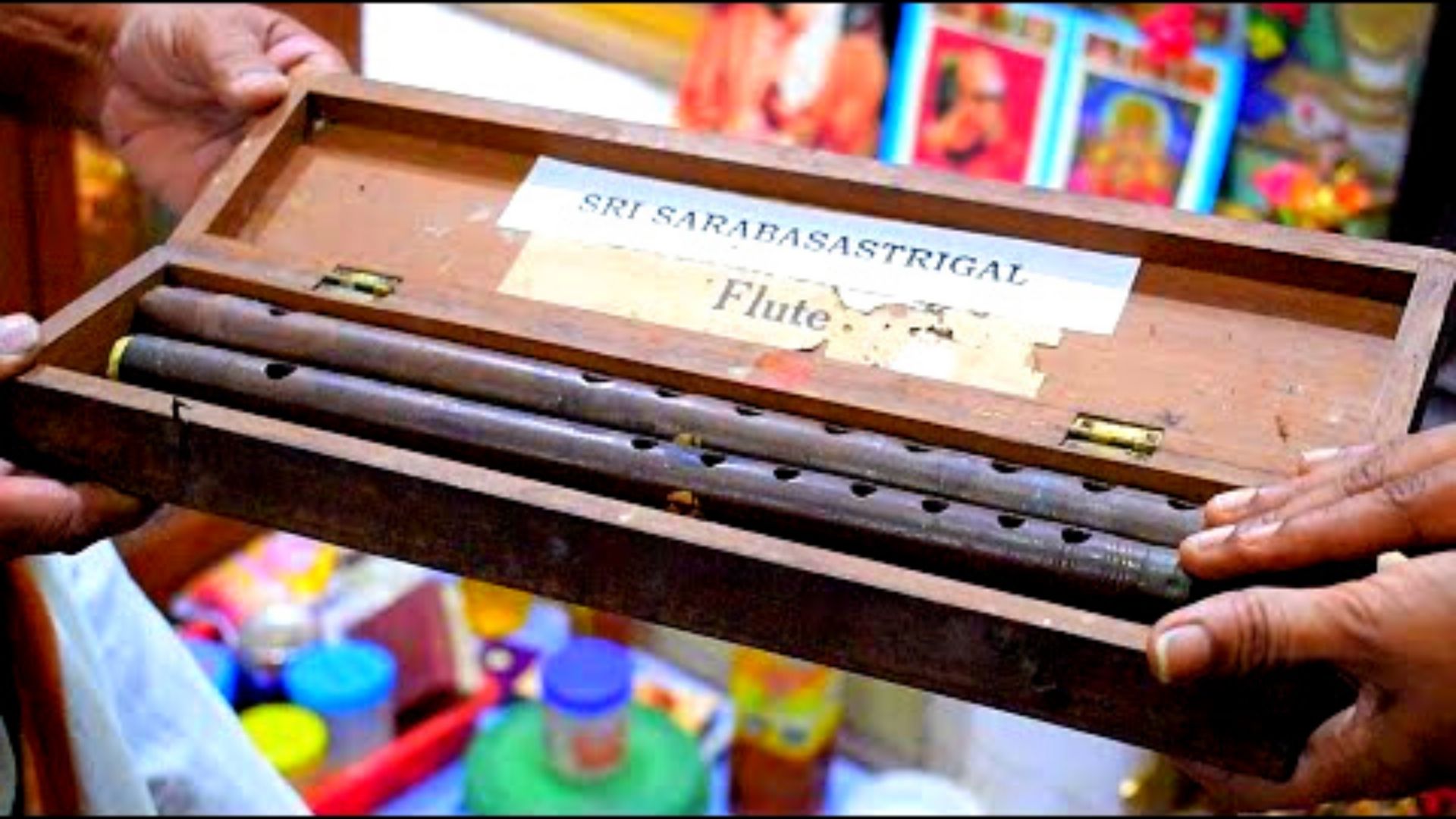
Sarabha Sastri’s flute is still on display at Sri Rama Bhajanai Sabha in Kumbakonam (110, Solaiaapan Street). It has luckily been preserved by his family members. Venuganam Sri Sarabha Sastrigal Memorial Trust was formed, and it had been organising music, cultural and service-oriented programs. Ekadashi bhajans and Radha Kalyanam were its forte.
Sri Rama Bhajanai Sabha was founded by Sarabha Sastrigal and it has been celebrating cultural events, lectures, and Sri Ramanavami Utsavam-s, along with community services like Annadhaanam-s. The unique character and trait of Sarabha Sastri created a trial blazing trend, and he was a scholar who could compose and speak in Sanskrit. His grammar was perfect and his scholarship in Tamil, Telugu, and Marathi was profound.
Sarabha Sastri was proficient in violin and mridhangam too. His captivating style of playing with his flute was embedded with divinity. His sense of rhythm made one think that he was an incarnation of Brahma (The percussion accompanist of Nataraja). The thalagnyaana of Sastrigal was amazing. His defective vision made his device a new method for maintaining a thalam, and he played Kalpana Swarams without any kind of rhythmic guidance from others. His method of keeping time is being followed by all flautists.
He followed in the footsteps of Pattnam Subramania Iyer while rendering the Krithis of Thyagaraaja. A new Sanghathi would suddenly cross his mind and he would straightaway play it in a polished manner. This would fit into the composition perfectly. His music sense and fingering were so perfect that he could play anything just after having listened to it once. He would play the Thodi Raagam very well. This rare soul kept up his word.
At one time, Sastrigal was at the palace of the zamindar at Uttukuli in Coimbatore District and the father of Palladam Sanjeeva Rao sought his help in order to make him an expert flautist. Sastrigal fulfilled his word. Professional integrity was part of his soul. He had fixed different rates as per the territories within the musical geography of India. He would neither accept a rupee, more or less. Any amount over and above the agreed sum would never be accepted, even if it had been a token of appreciation. He was stickler to time and would leave the concert location just in case the timing had been changed.
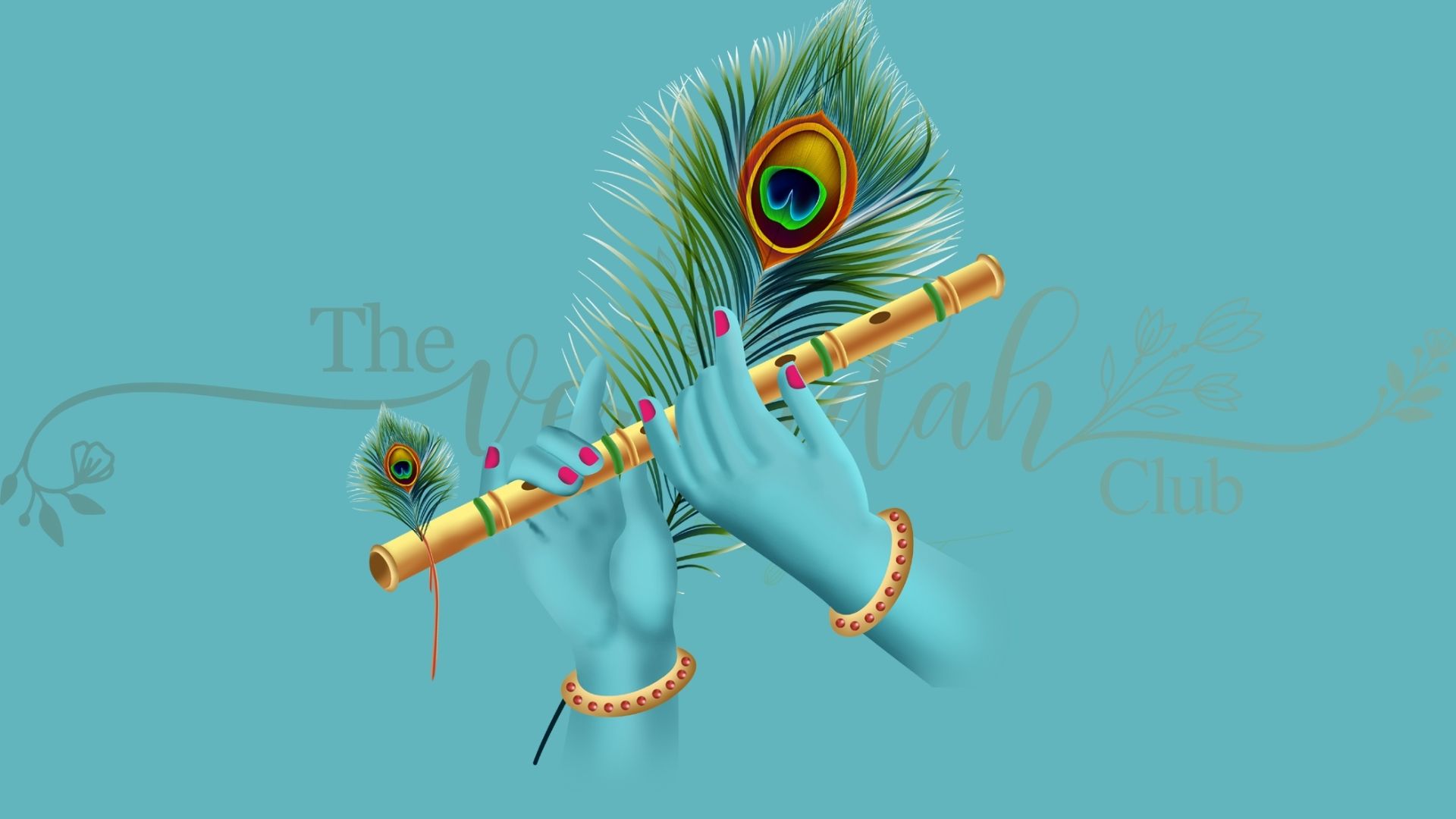
He would gather in the residence of Sulamangalam Vaidhyanatha Bhagavathar during the annual celebrations connected with Radha Kalyanam. He would stay there for three days and would refuse engagements elsewhere, even if they were highly renumerative. Sarabha Sastri would play the flute on the first day and would accompany Sulamangala Vadiyanatha Bhagavathar on the second day. His poetic genius could only be compared to the legendary poets of the past. He helped Sulamangalam Vaidhyanatha Bhagavathar by composing 500 story-songs in Marathi and Tamil. This was for the Kalakshepams on the 63 Nayanmaar-s (Saivaite saints).
Sarabha Sastri was an eka santha grahi (One who imbibes anything after listening to it just once). He was able to attain this in the sphere of art and learning. This great personality could reproduce any passage that was read to him or any song that was heard. Sarabha Sastri had once attended the nritya-naataka, Prahalada Charitram, at Sulamangalam. This happens to be the masterpiece of the great dance-drama writer, Melattur Venkatrama Sastri. Our flautist had attended the program fully. He went to the residence of Sulamangalam Vaidhyanatha Bhagavathar and gave a complete recital of the play with all the Padhyaas and Dhaarus. The people present were stupefied. Similarly, he could reproduce a Krithi on listening to it just once.
It is the good fortune of this chronicler and that of the readers to come across the story of Sarabha Sastri, a musical figure par excellence who had never been seen in any country ever.
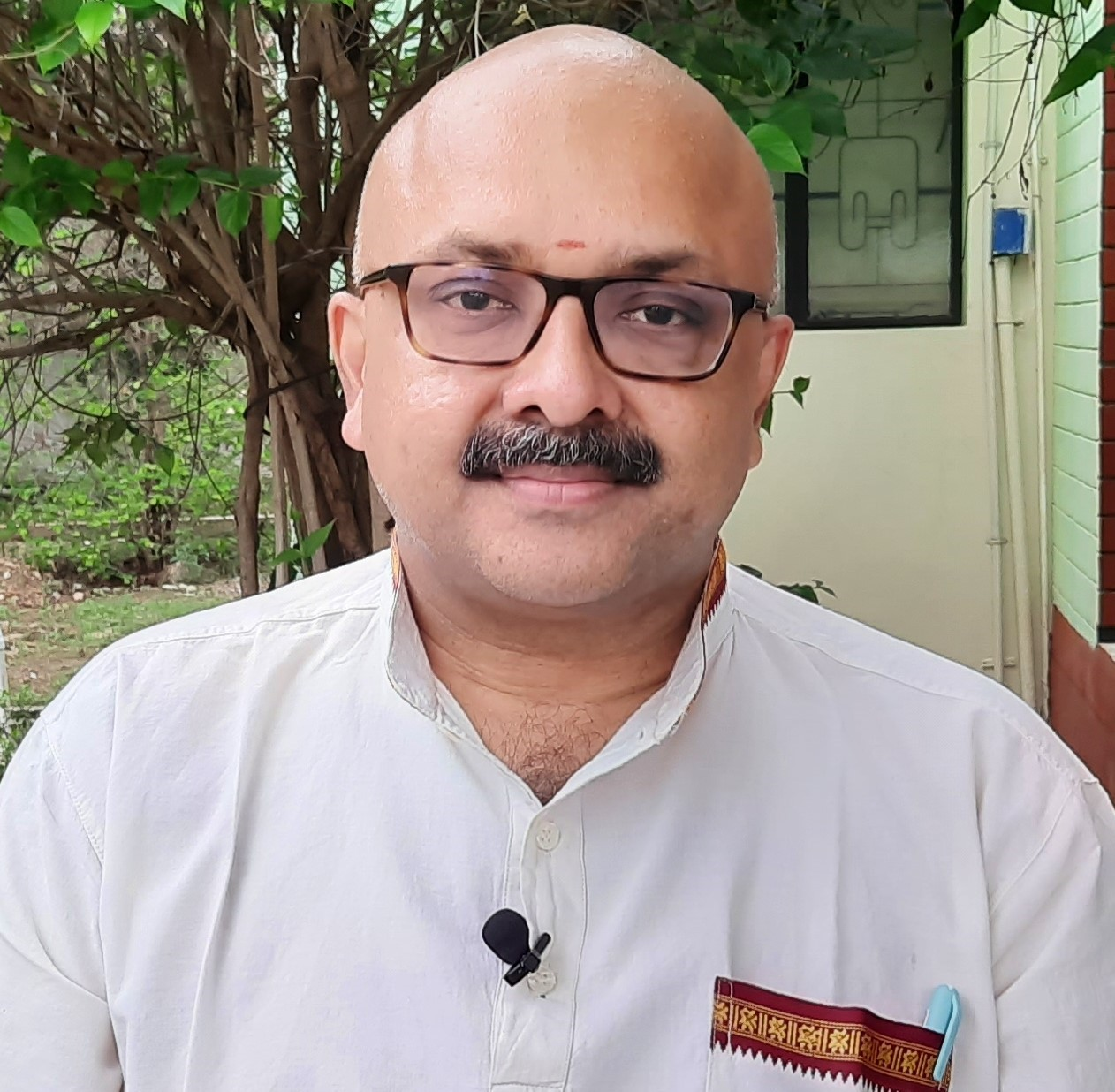
Mr. Rajesh Govindarajulu is one of the founding members of the Verandah Club Pvt. Ltd. He is a leading columnist, historian, jeweler, entrepreneur, and a heritage enthusiast who is earnestly working to revive the past in the light of the present. Experiential learning about the history of Coimbatore is his main course of interest and he is also a panel member of many colleges in the city.
NEXT ARTICLE
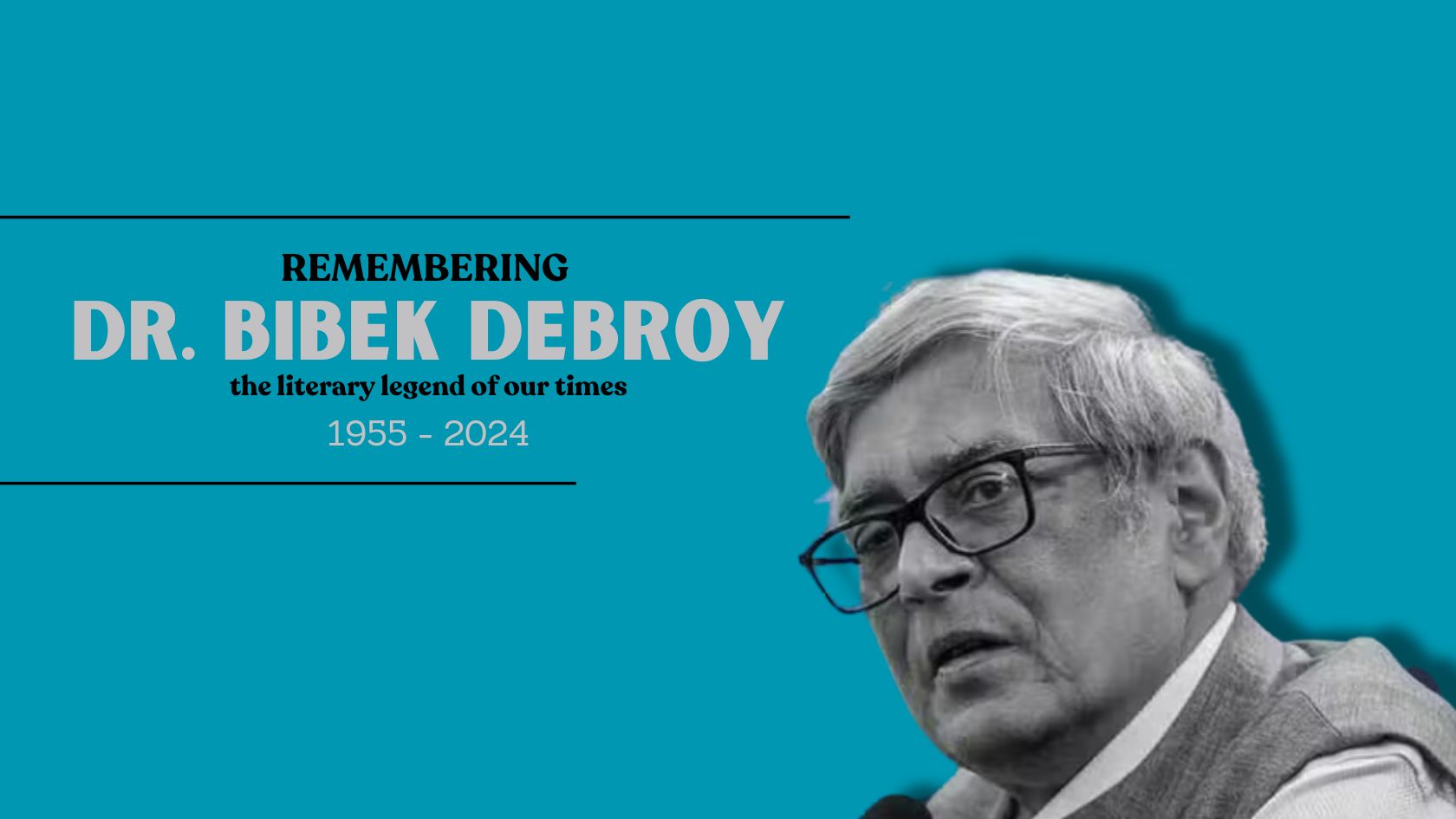
All authors who write about the Mahabharata have to read its unabridged version. The most popular unabridged translation used to be the one by Kisari...
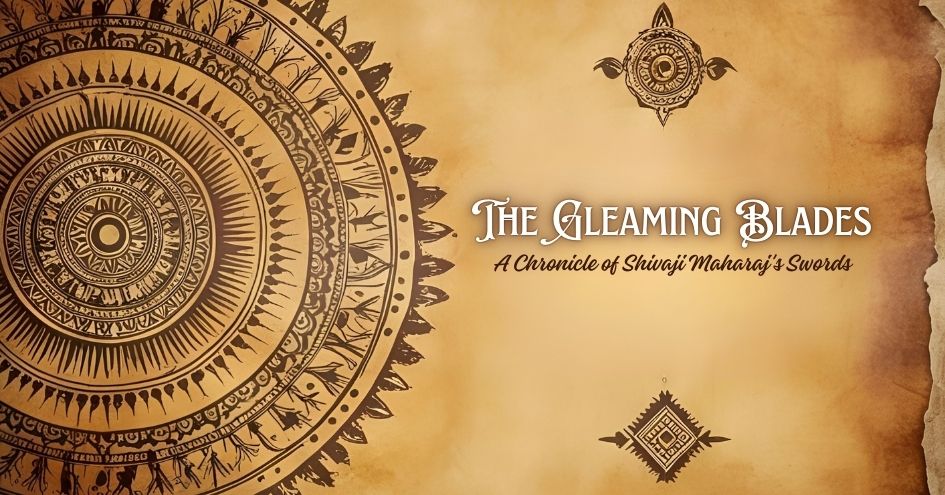
In the annals of Bharat Varsh, amidst the swirling mists of time and legacy, emerges the figure of Chhatrapati Shivaji Maharaj, a warrior whose name e...